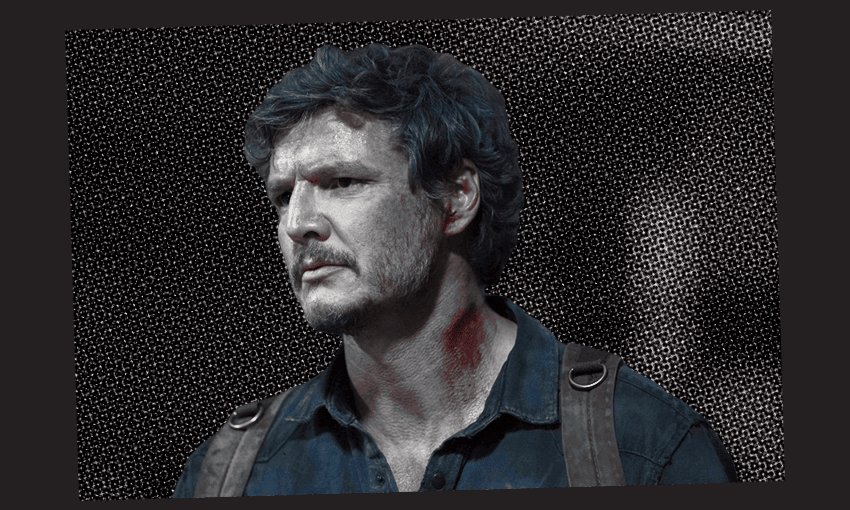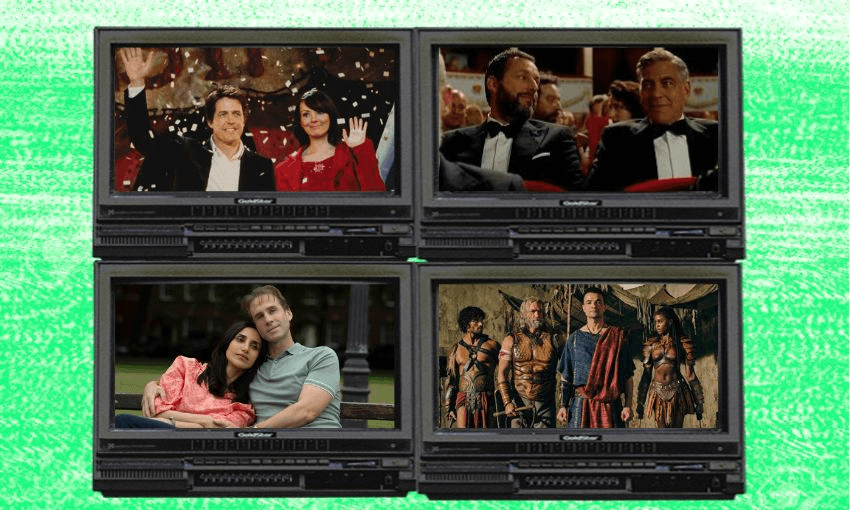Ten years ago, the internet imploded over how Joel and Ellie’s PlayStation adventure ended. With the HBO series coming to a close, it’s happening again.
Contains major spoilers for episode nine of The Last of Us.
A blood bath. A killing spree. A hospital turned into a morgue. A rampage of revenge in which just a handful of people make it out alive. All hope for humanity is gone, the one chance of finding a cure for a global mushroom brain plague disappearing in a billowing surgical gown in the back seat of a ute. Who won at the end of that gripping, bruising and confronting finale? No one. Except, perhaps, Joel.
Either way you look at it, the climax for season one of HBO’s retelling of The Last of Us was brutal. Ellie, laid out on a surgical table, humanity’s last hope, a cure for the viral cordyceps plague embedded in her brain, about to be sacrificed by a surgeon with a scalpel. Joel puts a bullet in his brain and leaves his assistants begging for their lives, shivering in the corner.
Joel, unhinged, driven by the grief of his dead daughter, on a hellbent mission to save the 14-year-old he’s replaced her with. He can’t let her die. He won’t walk away. So he kills almost everyone in his sights, including Marlene, the commander who introduced him to Ellie and gave him the exact mission he’s now rejecting. His excuse? “You’d just come after her.” Ouch. Bang.
Video game fans have, of course, been through all this before. Back in 2013, when The Last of Us came out on the PlayStation 3 to rave reviews, I specifically remember the hold Naughty Dog’s masterpiece had over me. I was spellbound by its storytelling, appalled by its violence, stunned by its boundary-pushing graphics and its detailed visions of broken cities and ruined lives. I couldn’t wait to craft more shivs, scour more ruins and take out more grotesque mushroom monsters.
I was desperate to keep playing – until the end. By the time the final chapter was in motion, my mood had changed to something else. Through the game’s closing moments, I held the PlayStation controller away from my body, desperate for someone to take it off me. I didn’t want Joel to kill everyone. I didn’t want that responsibility. But there was no other option. You couldn’t stop it from happening. It was fait accompli.
This was the way. It was the only way. And it was savage.
Once I recovered, I immediately jumped online. I wanted to read the reviews, to join the forums, to talk with people who’d been as affected by these events as I had, to decompress. There, I found an internet divided. Some fans couldn’t get past Joel’s complex character U-turn from a grizzled father figure to something far more sinister. Others didn’t understand why a game would end in this way. “It’s a horror story, right?” said one Polygon critic. “In the end, Joel’s taken this young girl hostage and turned her into his dead child.”
Many fans were plain mad. “Everyone who likes the ending of The Last of Us loses all credibility to have any good opinion,” one wrote on Twitter at the time. “That was the ending of The Last Of Us? After all I went through? I had to fight two bloaters for gods sake and there’s still no cure,” said another. “That’s quite an ending. And not what I expected at all,” said a third. Developers Naughty Dog have admitted it wasn’t their original idea, but a happier finale didn’t sit well with test audiences.
To me, my reaction to that ending, and to the HBO facsimile, has changed over the years. My son was a just a toddler when I originally played the game, and my daughter wasn’t yet born. Now, they’re much closer to Ellie’s age. I’ve seen them through all of the struggles and successes young children go through. Sure, I’ve never had to guide them across the American midwest with mushroom heads around every corner, disgusting bloaters erupting out of the ground or snipers taking pot shots at us. Cannibals haven’t tried to eat us.
Yet, at this point, there’s not a lot I wouldn’t do for them. If I close my eyes and try real hard, I can imagine Joel’s pain and understand what’s driving him. Would I massacre an entire building to prevent either of my children from enduring life-ending surgery that could save humanity? I don’t know. My fingers are crossed I’m never put in that situation. I hope we can keep fungus under control in the future. I guess I’ll deal with it when the time comes. Who knows – maybe? Maybe.
That moral ambiguity is the beauty at the heart of this beastly finale. To me, it’s a pop culture moment that rivals The Sopranos’ blackout. Of all the twists The Last of Us could have taken, this is the most apocalyptic. You bring your own biases and beliefs, then take from it what you will. It’s a choose-your-own-adventure with nothing but terrible options. If you think Joel is Ellie’s saviour, you have your reasons. If you think he’s a complete and utter psycho, you have your beliefs too. No one is wrong. Ten years on, the debate remains a deeply dark and fun one to have.
One thing’s for sure: As gamers who’ve played through the grisly sequel The Last of Us: Part II already know, there’s a lot more to come. This is not the end. Things only get worse. They dive deeper into this mess. HBO’s version is a hit, and showrunner Craig Mazin has confirmed two more seasons are planned based on the game’s blood-drenched sequel. Season one’s finale might send shivers down your spine, but it’s nothing compared to what’s coming. We’re not getting out of this unscathed. Craft yourself another shiv, and consider yourself warned.
The Last of Us is streaming via NEON, and the game is available on PlayStation 3, 4 and 5 consoles.



